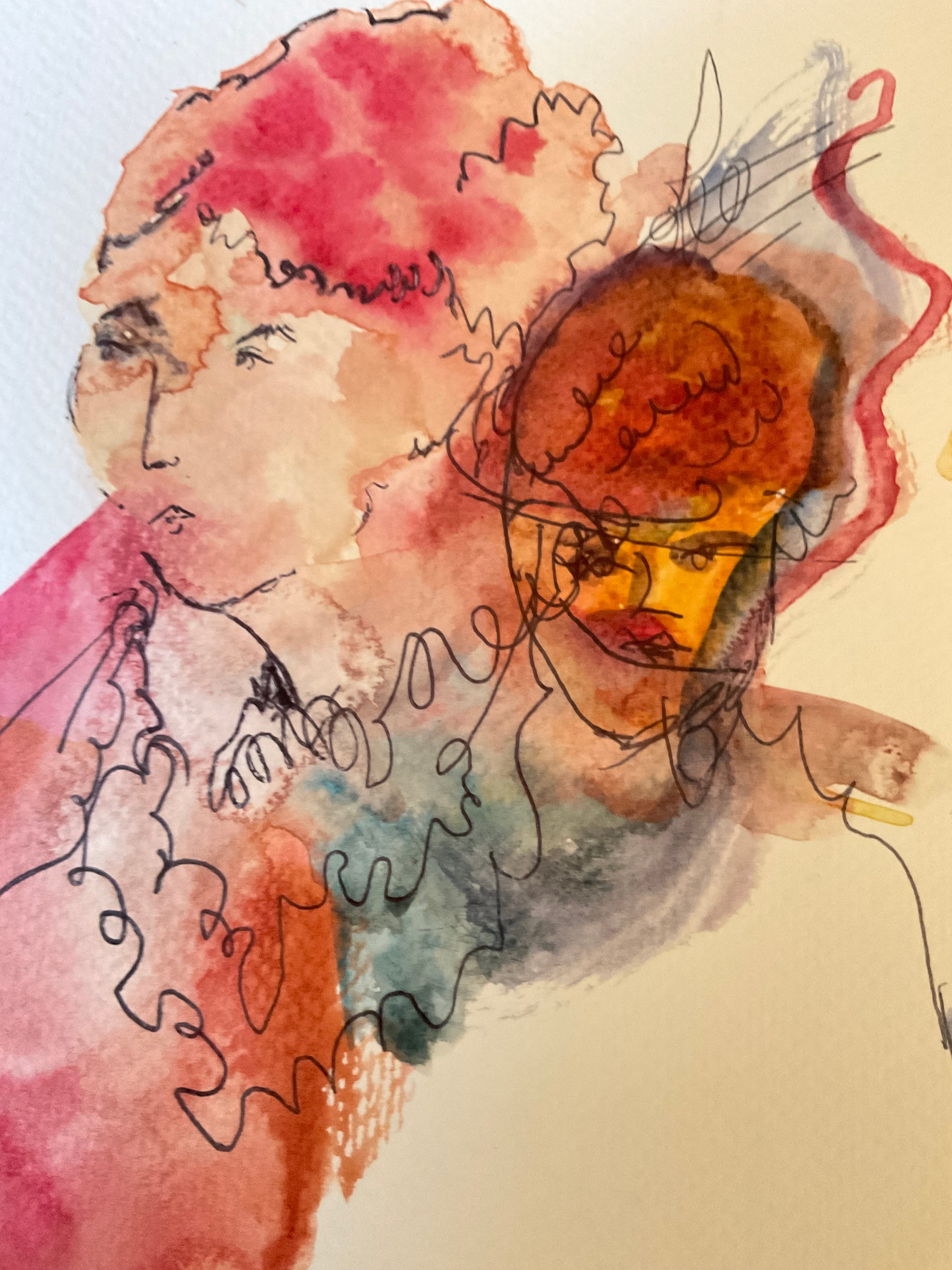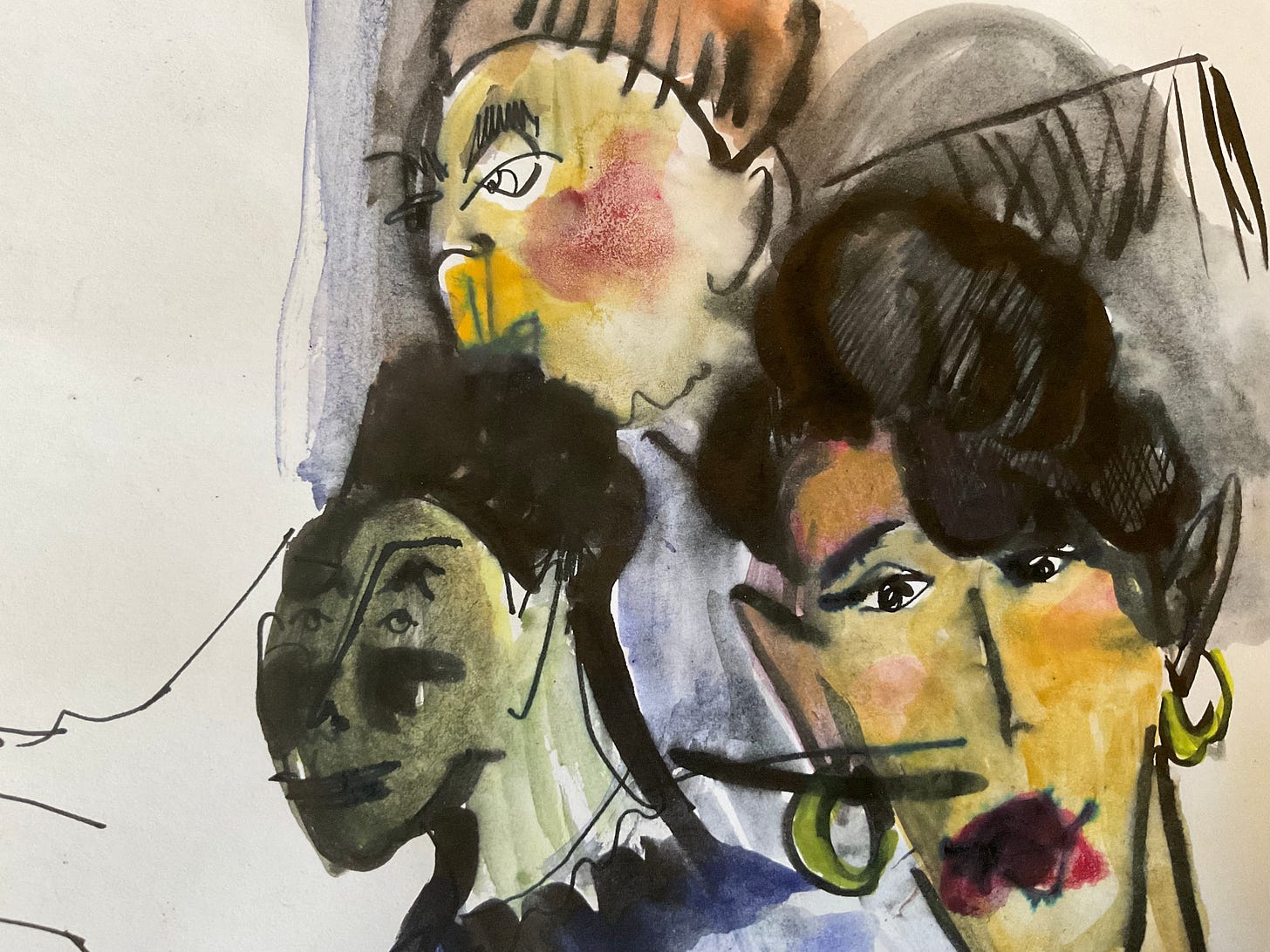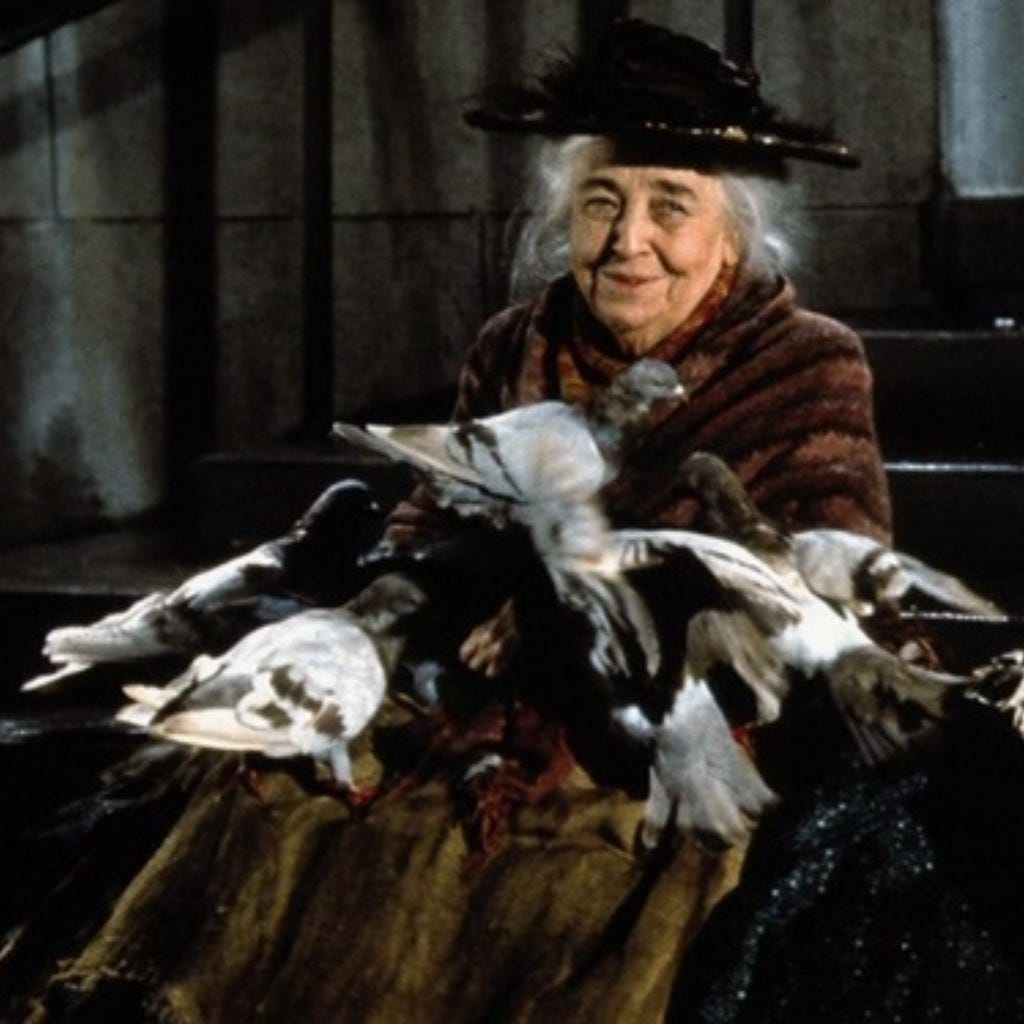Dear Friend,
I hope you’ve had a good week.
I hope you don’t mind my letter coming a day or so late this week. It’s been very very hot here in Paris, so much so last night that I didn’t quite have the wherewithal to write to you coherently. Temperatures have reached up to 35 degrees celsius this week, which has been both uncomfortable and disorientating. This is, after all, Rentrée time, the period when everyone comes back from their holidays all refreshed and shiny, and when Parisians are meant to get back into their routines, maybe even donning an early autumn scarf. Instead we’ve all been schvitzing up a storm and taking refuge either in shaded café-terraces or by a fan in our small apartments, taking periodical cold showers.
Also struggling in the heat are the travelling rugby fans who’ve come to participate in the first week of the Rugby World Cup, which France is hosting. I’ve been spotting them over the last few days – flocks or pairs of out-of-place Scots and Kiwis, wearing tight-fitting rugby t-shirts and looking very hot, bothered and slightly bewildered. There is quite a bit of scrutiny on how the country handles hosting this event, seen as a kind of test-balloon for the even huger logistical challenge of hosting the Olympic and Paralympic Games next year.
The performance so far, if the English press is to be believed (a big if, admittedly), leaves room for improvement, in particular with regard to the match between England and Argentina on Saturday evening, which took place in Marseille in the south. The British press reported a chaotic crush to get into the stadium featuring a perfect storm of anti-British crimes, namely, a badly managed queue and, perhaps worse according to some publications, a shortage of beer. The organisers of the World Cup quickly apologised for the crush that caused several hundred fans to arrive late, but some of the French commentators I’ve heard have been less accommodating, suggesting that maybe the England fans in question didn’t turn up on time because they were too busy drinking: “on sait qu’ils aiment boire des coup, les anglais”/”we know the English like a drink”, said one commentator I heard on the France Info radio station. Whether the beer shortage is a case of insufficient supply or excessive demand is a question philosophical in nature that I wouldn’t dare answer myself.
In my own life, I had high hopes this week of visiting at least one, maybe two, autumn exhibitions but, heatwave oblige, I’ve stuck pretty much to my little corner of Paris – and the corner of my sofa nearest to the fan. In fact, many of the big autumn exhibitions haven’t opened yet. I am particularly excited about an exhibition at the Cinémathèque française, starting in October, dedicated to legendary French director Agnès Varda. Among the New Wave (Nouvelle vague) directors, I love the freshness of her earlier films, which are often shot on the streets of Paris, as well as the playful and moving documentaries of her later career (she kept working more or less up to her death in 2019). I will write about any exhibitions and cultural happenings as I go along over the next few weeks and months, and let you know if I see anything particularly fantastic.
It is also the Rentrée Politique, a.k.a. Back-to-school time for politicians. Far-right leader Marine Le Pen can’t wait to get back into the classroom. She appeared on television, Cheshire-cat grin, snapping selfies with her fans, on Sunday from her constituency in Pas-de-Calais. She relished the opportunity to talk about the new ban of the abaya (a loose dress worn by some Muslim girls and women) in schools, a controversial and provocative measure, implemented in the name of laicité (French state secularism), but quite plainly designed to touch a ‘culture-war’ hot button. But according to a new book by sociologist-economist couple Julia Cagé and Thomas Piketty (the latter known internationally for his book books ‘Capital in the Twenty-first Century and ‘A Brief History of Equality’), voters are not as interested in questions of identity or cultural issues as we might think. The academic couple have crunched electoral data from the last 200+ years, since the first French Revolution in 1789, in order to get a picture of how and why people vote for one or the other kind of parties, and which issues drive them.
According to an interview I read with the pair, issues about the economy always have been and are still the most important to French voters, in particular, unsurprisingly, for those with the least money. While many commentators – including perversely the current Minister of the Interior, Gérald Darmanin – have suggested that Le Pen of the National Rally (the artist formerly known as the National Front) could win the next presidential election, Cagé and Piketty suggest the Left as a whole has a larger electoral base, if only its various left, centre-left and ecologist factions would learn to play nicely together.
The two economists argue that the current tripartite configuration of France’s politics, caused by the sudden emergence of Macronism party in the centre of the traditional Left-Right spectrum is not helpful for the country and is unlikely to hold, not least because Macron’s electorate, according to their research, is the most privileged political bloc in history: “le vote le plus bourgeois de toute l’histoire de la France”. I’ve been a politics-nerd since the time of my French AS-Level, when I chose to do my oral exam on the subject of whether the French Socialist party was doomed to extinction, so this book will be, as the kids say, ‘heavily my jam’!
So there we go – a hot and happening Rentrée all in all. Today the temperature has, mercifully, gone down. It will be scarf season before we know it.
Books, blue dot mentality
The other day I was listening to one of the self-help/semi-scammer health podcasts that I enjoy more than I should, and an American health advisor (qualifications unclear) who was a guest pronounced quite earnestly: “Walking is having a moment right now.” I keep thinking about the low-key dystopian implications of that line. Still, maybe he was right! This week I read another book about walking in Paris by French doctor, publisher and author Eric Hazan called A Walk Through Paris: A Radical Exploration. In the book, he walks from the southern suburb of Ivry to the northern suburb of Saint-Denis, hitting up many different populaire (working-class/ordinary) quarters as he goes. It’s a lively read and he concludes by talking about the unfortunate, as he sees it, artificial line created by the gargantuan Périphérique ring-road, built in the Sixties, that encircles Paris’s 20 arrondissements, and which urban planners are now trying to eliminate or diminish.
“By confining Paris to the twenty arrondissements, it contributes to the image of a city that is mummified and museum-ified, in which working-class life is reduced to a more or less narrow sector, confined to the north-east between Montmartre and Charonne. But as this walk has confirmed to me, such an image is completely false. From the Chatelet to the Porte de la Chapelle, in the heart of the historic city, the quarters I have crossed remain largely working-class. It is true that the pockets of gentrification are tending to expand, but this phenomenon still remains limited, even marginal ... The city I have walked through is a working-class one.” — Eric Hazan, A Walk Through Paris.
Throughout the book, the author intersperses his prose with photographs, historic and current, and also his own little hand-drawn maps. Though very different in subject matter and tone, it reminded me of Map of Another Town, M.F.K. Fisher’s book of essays about Aix-en-Provence, in that both put forward an approach to mapping a city based on subjectivity, memory and affection. I find this idea interesting in the era of Google-Maps-led orienteering.
I always say that I have terrible spatio-visual perception and a bad sense of direction (this made life quite tricky when I worked as a tour guide), and I think overall that is largely true. But I also don’t think GPS navigating has helped it. When I lived in Lyon when I was a student, it was just the cusp of widespread smartphone usage – as I recall, you could access the internet on your phone, but only when you had a Wi-Fi connection, so you weren’t always online. In order to navigate this new city, I bought a small map. I took it everywhere with me and little by little, I learned the layout of that two-rivered city. I was surprised to find when I went back earlier this year that I still had the lay of the land, happily hopping from old haunt to old haunt.
I generally need an image of something to situate it in space. For example, some people learn languages by ear, but I need to know how a word is written down or it stays immaterial, floating in space – it could easily drift off and I’d never see it again.
As part of a general effort to resist being too much in the orbit of my iPhone, several months ago I bought a paper map of Paris, just like the one I used to have of Lyon. This week, inspired by the Hazan book, I picked up my map of Paris and I saw how it all fitted together — the counter-intuitive star-shaped junctions with their criss-crossing roads, the huge heft of the railway stations. Since then, I’ve felt just a little less inept when it comes to knowing where I am. Thinking about all this, I was reminded of a line in the haute philosophical text, Disney’s Mary Poppins:
“Some people can’t see past the end of their nose.”
That will do for this letter! Thank you for reading. Please do share this Pen Friend letter with a friend of yours if you like it.
Have a lovely week!
Yours,
Hannah







I can’t think of two worse anti-British crimes! Both give me the creeping horrors despite not currently drinking beer. Mon absolute dieu!!!
Great newsletter! I’m super interested in psychogeography and personal maps. Are you acquainted with the concept of the ‘lieu de memoire?’ - I think that has a lot in common